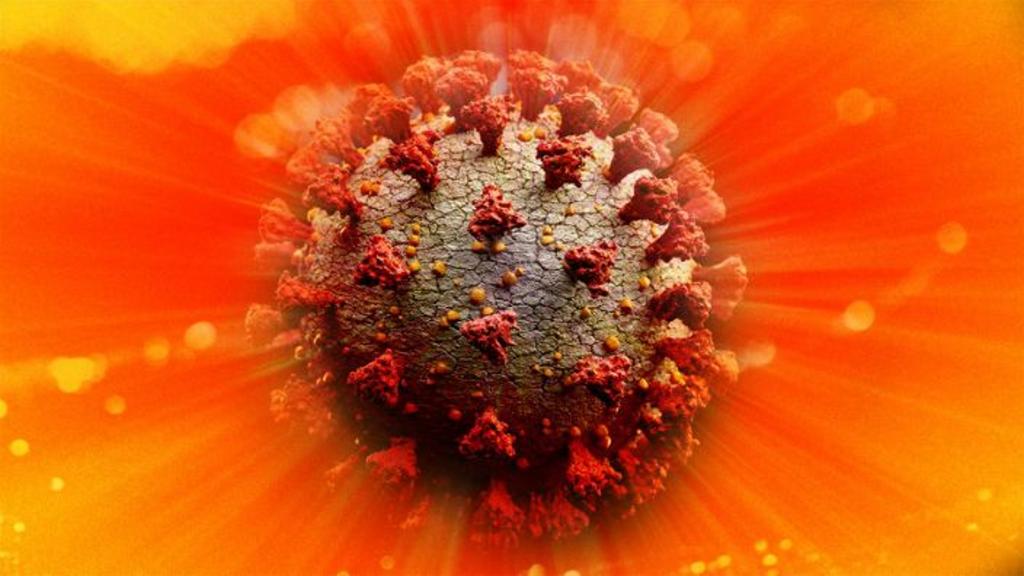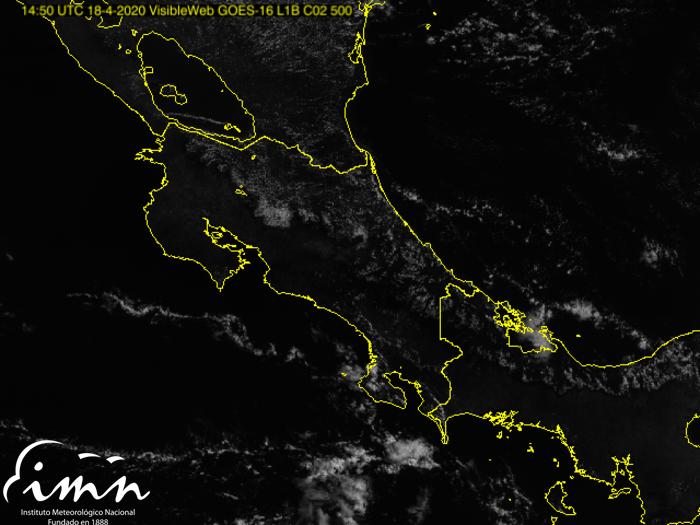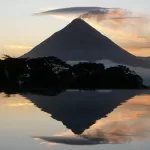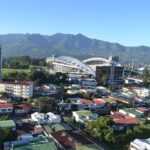Sunlight destroys virus quickly, new U.S. govt tests find. And what does Costa Rica have a lot of?
DHS S&T’s re COVID-19 (April 13, 2020) results: Virus lives longer at low humidity and inactivates faster at higher humidity; virus lives longer at low temperatures and inactivates faster as temperature increases; Sunlight destroys the virus quickly.
Good news for us, bad for the coronavirus. The national weather service, the Instituto Meteorológico Nacional (IMN) is predicting a Sunday (tomorrow) of clear skies throughout the country, which will mean lots of sunshine, hot all over and muggy in many places.

So, why is this good news for us and not so much for the virus?
An article published Friday on Yahoo News tells us that preliminary results from government lab experiments in the U.S. show that the coronavirus does not survive long in high temperatures and high humidity, and is quickly destroyed by sunlight
The study found that, from controlled tests of what scientists believed — but had not yet proved — to be true, the risk of “transmission from surfaces outdoors is lower during daylight” and under higher temperature and humidity conditions.
“Sunlight destroys the virus quickly,” reads the briefing marked for official use only and obtained by Yahoo News.
VIRUS LIVES LONGER AT LOW HUMIDITY AND INACTIVATES FASTER AT HIGHER HUMIDITY;
DHS S&T’s re COVID-19 (April 13, 2020) results
VIRUS LIVES LONGER AT LOW TEMPERATURES AND INACTIVATES FASTER AS TEMPERATURE INCREASES;
SUNLIGHT DESTROYS THE VIRUS QUICKLY.
Qasim Bukhari, a computational scientist at MIT and a co-author of the analysis, told Yahoo News in an interview. “No, we are not saying it (that at higher temperatures, the virus will suddenly go away). We are just seeing that there is a temperature – and humidity-related dependency, but I think many people now have started to realize this.”
Arthur Anderson, former director of the Office of Human Use and Ethics at the United States Army Medical Research Institute of Infectious Diseases at Fort Detrick, Md, told Yahoo News, that “while the new lab results are important, the science behind how sunlight kills the virus is fairly well established”.
“[Ultraviolet] light breaks DNA into fragments. If the virus is floating around in the air and there’s bright sunlight, the UV component in sunlight will break the DNA or the RNA into pieces,” he told Yahoo News.
Hope is in the sun
The preliminary results offer hope that sunny, hot and muggy conditions is less hospitable for the virus, though experts caution it will by no means eliminate, or even necessarily decrease, new cases of COVID-19.

And guess what, in Costa Rica, we have a lot of sunny, hot days and muggy conditions. Even in the “rainy” or “wet” (winter) season that the country is currently transitioning to.
Hopefully, the sun will also transition us out of the “zero” (or ‘cero’ in Spanish) season.
For those who have not experienced a Costa Rican winter, a typical “rainy” or “wet” season day will start off sunny, stronger by the hour, which leads to hot and muggy conditions with little to no winds until noon. Then winds then pick up, the clouds move in, the pouring rains begin. The rains can last up to 30 minutes in one area (sometimes more), the clouds moving. Everything cools off, repeat the next day.
The pattern will vary somewhat, depending on where you are in the country.
If you were wondering what’s like in the summer or “dry” season, pretty much the same as above, but without the rains.
So, if the lab experiments are validated, we in Costa Rica are in a good place to beat the war on the coronavirus.



